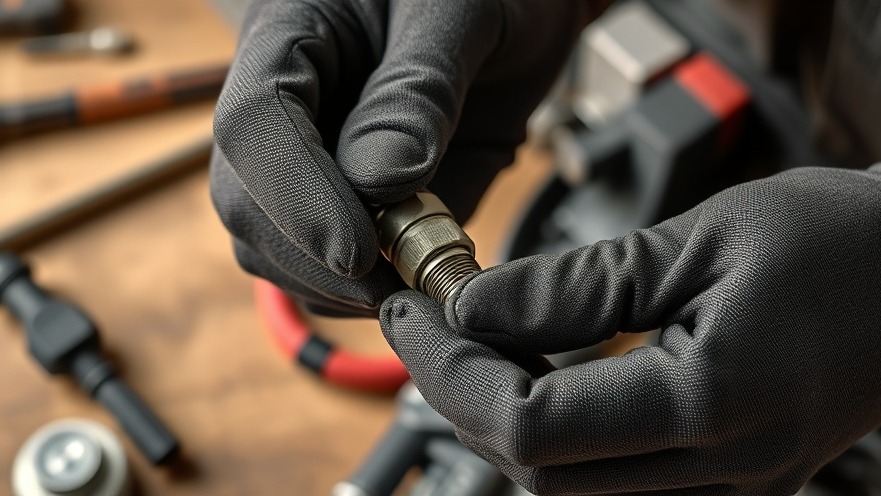
The Essential Maintenance Checklist for Your Vehicle
Vehicle maintenance can seem overwhelming, especially with all the different components that need attention. But fear not—keeping your car or truck running smoothly is simpler than you think. A solid starting point is your owner’s manual, where you can find specific guidance tailored to your particular make and model. This often begins with routine oil changes, a foundational aspect of vehicle care.
In Top Maintenance Tasks You Can Do To Keep Your Car or Truck Running Longer & Avoid Expensive Repairs, the discussion emphasizes the importance of routine vehicle maintenance, shedding light on major upkeep features. It's crucial for every car and truck owner to stay informed on these tasks to promote longevity and efficiency.
Understanding Oil Change Intervals
Gone are the days when changing your engine oil every 3 months or 3,000 miles was the gold standard. Today, with advancements in engine technology and synthetic oils, many cars only need oil changes every 5,000 to 7,000 miles or nearly once a year. Keeping track of these intervals can save you significant costs in repairs and enhance your vehicle's longevity.
Fluids Matter: Don’t Forget the Essentials
Another crucial aspect of car maintenance is monitoring your fluids. Brake fluid, transmission fluid, power steering fluid, and coolant each have unique replacement schedules. Regularly checking the condition of these fluids—especially the brake fluid, which can become dirty—ensures that your vehicle functions optimally and helps prevent future complications.
A Closer Look at Spark Plugs
In earlier vehicles, spark plugs typically needed replacement every 30,000 miles. However, modern cars equipped with iridium or platinum plugs can last up to 100,000 miles! This advancement not only improves performance but also reduces maintenance frequency, allowing you to focus on other essential tasks.
The Importance of Drive Belts and Timing Belts
Drive belts and timing belts should also be on your radar. The rubber material in these components begins to degrade after around 60,000 miles. Inspecting for cracks is essential—if you notice any, it’s time for a replacement. The timing belt is particularly critical, as failure to replace it can lead to severe engine damage. For vehicles equipped with timing chains, you’ll be pleased to know these require less frequent servicing.
Proactive Maintenance: Water Pumps and Timing Belts
When replacing your timing belt, it’s a smart move to replace the water pump simultaneously. This preventative maintenance approach saves you from having to take apart the engine again later, should a water pump leak occur shortly after a belt replacement. By being proactive, you're not just saving time; you're also avoiding potentially high repair costs.
Embracing the Benefits of Routine Maintenance
Regular vehicle maintenance is not merely about extending the life of your car or truck; it’s also about ensuring your safety on the road. A well-maintained vehicle is less likely to break down and more likely to keep you and your passengers safe. Remember, you don’t have to handle everything at once. Break the tasks down over time and refer back to your manual for guidance. And for parts and maintenance items, check out resources from 1auto.com to facilitate your upkeep efforts.
In Top Maintenance Tasks You Can Do To Keep Your Car or Truck Running Longer & Avoid Expensive Repairs, the discussion emphasizes the importance of routine vehicle maintenance, shedding light on major upkeep features. It's crucial for every car and truck owner to stay informed on these tasks to promote longevity and efficiency.
 Add Row
Add Row  Add
Add 




Write A Comment